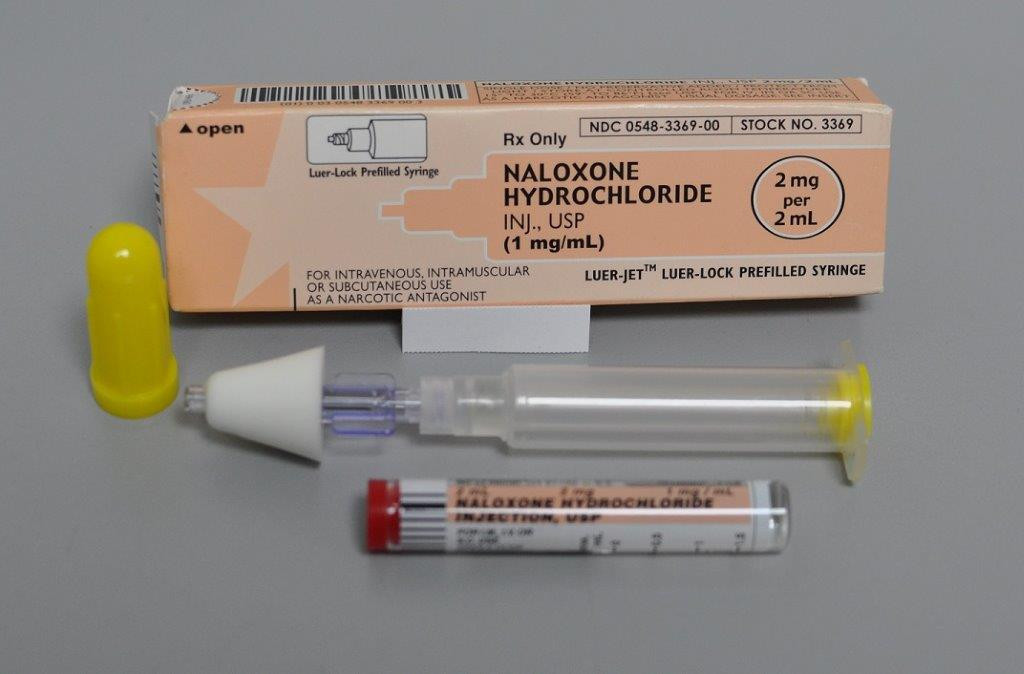By implementing some aggressive yet strategic measures against drug trafficking, these communities have managed to turn the tide in their favor. Let’s delve into this battle against the opioid crisis and what it means for Canada as a whole.
The Approach: “We hit it hard”
The opioid crisis presents a daunting challenge, and the fight against it requires substantial efforts. Alberta’s First Nations communities have decided to face this challenge head-on.
The strategy involves a “war on drug trafficking.” Authorities have been conducting random vehicle searches, evicting known drug dealers from properties, and targeting opioid suppliers. They have hit it hard and the results are beginning to show.
Success on the Ground: Declining Drug Addiction Rates
As a result of these concentrated efforts, the communities have witnessed a palpable drop in drug addiction rates. According to a member of the Blood Tribe Police Service, the traffic stops led to “major disruptions in the drug supply.” This disruption is directly associated with the reduction in opioid use in the communities.
Key Points to Consider
Below are some of the key points drawn from the recent developments in the fight against opioid addiction in Alberta’s First Nations communities,
- The strategic war on drug trafficking implemented by these communities is yielding significant results.
- Authorities conducted random vehicle searches leading to disruptions in the drug supply chain.
- There has been a notable decrease in opioid addiction rates, which can be attributed to the hands-on approach taken by authorities.
- The reduction in drug use is also improving other associated issues such as crime rates and homelessness.
- The opioid class action launched by these communities is helping to address the broader issue of opioid misuse across Canada.
The Importance of Naloxone in the Fight against Opioid Crisis
While the aggressive strategy towards drug trafficking is indispensable, so is the preventative method like educating people on the use of Naloxone. Naloxone is a life-saving medication that reverses the effects of overdose from opioids. Its importance in the fight against the opioid crisis cannot be understated.
Making a Difference: The Impact on Broader Canadian Society
Alberta’s First Nations communities’ battle against the opioid crisis isn’t just their fight – it’s everyone’s battle. Efforts in these communities are undeniably making a difference in the broader Canadian society by paving the way in effectively addressing the opioid crisis and suggesting that the battle can indeed be won if tackled effectively.
Key Takeaways
As we can deduce from this development, the fight against the opioid crisis requires a multi-layered approach; from strict law enforcement to education about Naloxone use, and finally, effective litigation strategies such as the opioid class action. This courageous battle against the opioid crisis taken up by Alberta’s First Nations communities demonstrates that, although formidable, this challenge is surmountable.
The decline in opioid use is also positively impacting other pressing societal issues like crime rates and homelessness, further suggesting the far-reaching benefits of the fight against the opioid crisis. It’s an excellent lesson for the rest of Canada, showing that targeted, robust strategies can undoubtedly make a difference.
The residents of Alberta’s First Nations communities are no longer just victims of the opioid crisis; they are leading the charge in the fight against it. As we move forward, let their approach serve as a blueprint for all other communities grappling with the opioid crisis.


